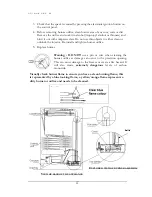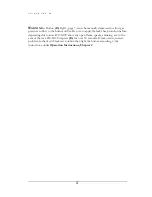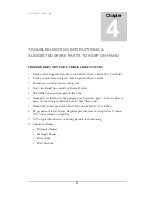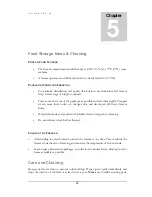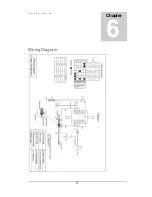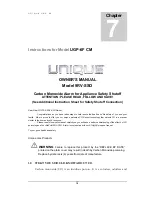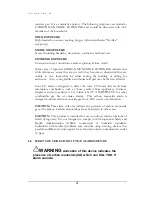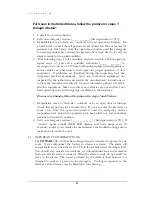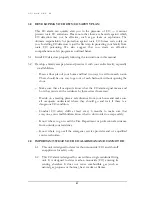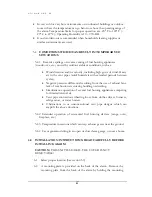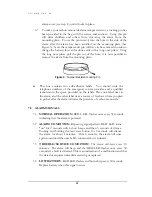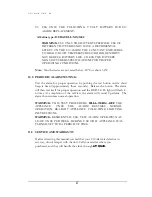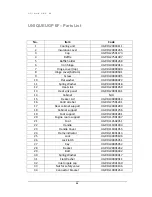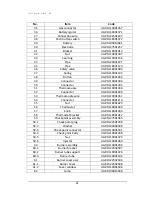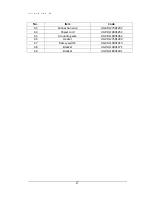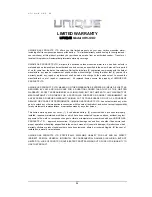
U N I Q U E U G P 6 F
25
alarm cover (see step C) until it locks in place.
6.7 To make your carbon monoxide alarm tamper resistant, a locking pin has
been provided in the bag with the screws and anchors. Using this pin
will deter children and others from removing the alarm from the
mounting plate. To use the pin insert it into the hole in the side of the
alarm after the alarm has been installed on the mounting plate (See
Figure 3). Note the tamper resist pin will have to be removed in order to
change the battery; this can be done easily with a long nose pliers. Using
the long nose pliers pull the pin out of the hole, it is now possible to
remove the alarm from the mounting plate.
Figure 3:
Tamper Resistant Locking Pin
6.8
This box contains two self-adhesive labels. You should write the
telephone numbers of the emergency service provider and a qualified
technician in the space provided on the labels. Place one label next to
the alarm, and the other label near a source of fresh air where you plan
to gather after the alarm indicates the presence of carbon monoxide.
7.0
ALARM SIGNALS
7.1.
NORMAL OPERATION
: RED L.E.D. flashes once every 30 seconds,
indicating that the alarm is powered
7.2
ALARM CONDITION
: Repeating signal pattern: RED LED turns
"on" for 2 seconds with 4 short beeps and then 5 seconds of silence.
Pushing and holding the test/reset button for 3 seconds will silence
the alarm for about 4 minutes. After 4 minutes, the alarm will once
again sound until the unsafe CO concentration is reduced.
7.3
TROUBLE/SERVICE CONDITION
: The alarm self-tests every 10
minutes. The alarm will beep and the RED LED flashes once every 30
seconds if a fault is detected. This is an indication of a malfunction and that
the detector requires immediate servicing or replaced
7.4
LOW BATTERY
: RED LED flashes and horn chirp every 30 seconds.
Replace battery when this signal occurs

